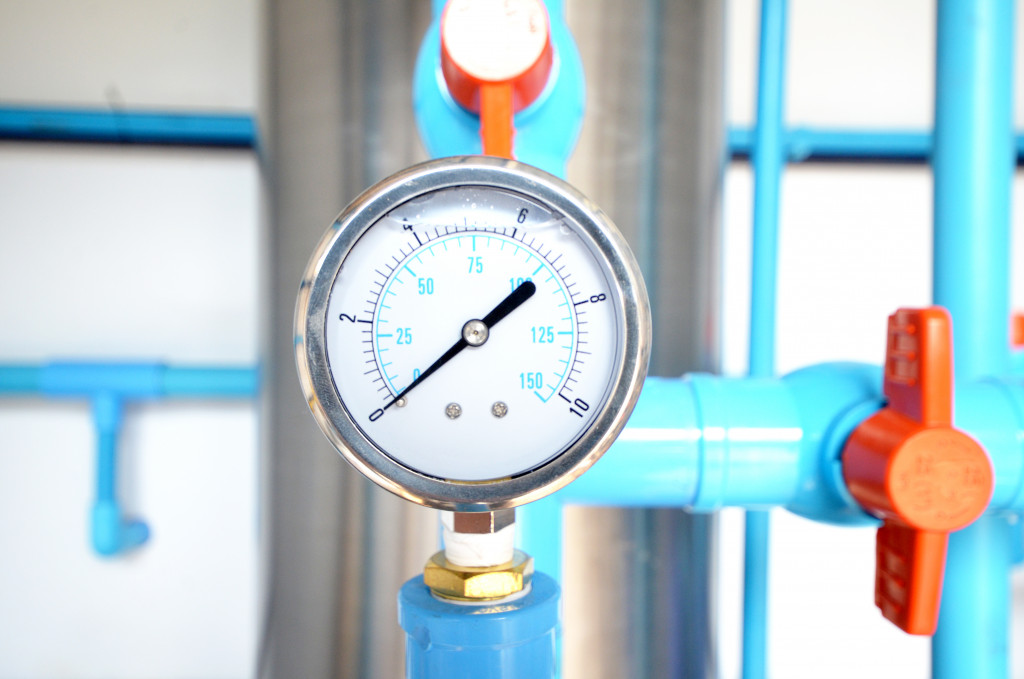- Regularly check system pressure to ensure downstream machinery is operating efficiently and safely.
- Schedule preventative maintenance inspections to maximize efficiency and extend the life of the equipment.
- Inspect piping, hoses, fittings, seals, and other components for leakage to reduce energy losses and contamination.
- Monitor air quality metrics such as filters and pressure to identify potential issues before they become significant problems.
Compressed air is an essential part of many industrial processes and is used in various applications. The efficiency and longevity of any compressed air system depend on proper maintenance, which can help reduce energy costs, increase productivity, and extend the life of your equipment.
To ensure that your compressed air system runs smoothly, there are several essential things to consider when it comes to maintaining it. By taking these simple steps and following best practices for maintenance, you can maximize the performance and reliability of your equipment as well as minimize downtime due to unexpected issues or repairs.
Ensure Preventative Measures
Here are some of the most important preventative measures to take when it comes to maintaining your compressed air system:
Schedule Preventative Maintenance Checks
Properly scheduling preventative maintenance checks is vital for the continued operation of any compressed air system. Regular and detailed inspections can ensure all components of a system are functioning correctly, saving businesses time and money while also eliminating costly emergency repairs.
Industrial equipment repair services should be hired to perform preventative maintenance checks, as they are trained in the specific operations of these systems and how to properly detect any issues that may be occurring. This improves the efficiency and lifespan of a compressed air system while reducing expensive downtime and safety risks associated with it.
Check System Pressure
Checking system pressure is an essential part of maintaining any compressed air system. Keeping proper pressure in the system ensures that downstream machinery is operating as designed, increasing efficiency and safety for all involved. This can also reduce power costs, as low pressure will require more electricity to drive the motors operating within the system.
Checking system pressure should always be done at a compressor’s inlet and outlet points, where different gauge types are used to measure relative changes in pressure. Depending on the quality requirements of the equipment within your facility, it may be necessary to check several critical points throughout your compressed air system.
Check Piping and Fittings for Leaks

Checking piping and fittings for leaks is essential to maintaining compressed air systems. Not only could a leak create energy losses, but it can also allow contaminants to enter the system, which could cause damage to components and put the system out of operation.
To properly check for leaks, you’ll want to inspect your piping and fittings visually and using a soapy water solution. Check any flanges, clamps, connectors, unions, and fittings on airlines and manifolds. If a leak is noticed during testing with the soapy water solution, it should be investigated further with additional testing methods.
Monitor Air Quality Metrics
Monitoring air quality metrics for leaks is essential for adequately maintaining compressed air systems. Leaks can lead to breakdowns and costly repairs, and poor efficiency, resulting in money and energy wastage.
Regularly inspecting piping, hoses, and seals should be part of a proactive preventative maintenance plan, while IR cameras can help pinpoint sources of leakages. Additionally, it is important to check filters and regularly monitor pressure to ensure the integrity of the system remains sound.
Ensure Proper Drainage & Ventilation

When assessing compressed air systems, proper drainage and ventilation are absolutely essential. Failing to maintain these elements not only shortens the life of the system but can also cause problems such as unhealthy levels of condensation within areas where personnel is expected to work. To ensure proper drainage, compressed air systems should be ordered with moisture separators, drains, and other sources that help remove collected condensation and any other liquids.
Ventilation is similarly important; technicians should make sure all line components are correctly interconnected so that warm, treated air can move effectively between each piece of equipment. Failing to provide adequate airflow can lead to excess heat buildup or a multitude of other complications.
Balance Loads Across Multiple Compressors
Properly balancing loads across multiple compressors is an important factor when maintaining compressed air systems. In a well-balanced system, each compressor will deliver its share of the necessary load. This will enable the system to operate with greater efficiency while having fewer mechanical failures due to overworked components.
Additionally, properly balanced loads should result in cost savings that could come from not having to run the compressors inefficiently or for longer than necessary for adequate performance.
To achieve a proper balance of loads, consider factors such as the type of compressor and its power capabilities, the current total load demand of the system, and varying types of applications that are serviced by different pressure levels and temperatures involved in particular processes.
These are just a few of the elements to consider when maintaining compressed air systems. By taking the time to inspect and maintain your equipment, you can ensure its optimal performance for years to come.

